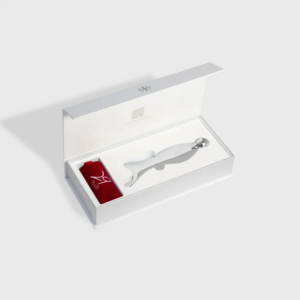What Safety Standards Should A Brake Fluid Supplier Meet?

Ensuring the safety and reliability of brake fluid is vital for automotive performance and occupant safety. A reputable brake fluid supplier must meet stringent safety standards and adhere to best practices. Find here key safety standards a brake fluid supplier should meet:
Industry compliance and certification:
A reliable brake fluid supplier must comply with industry standards and obtain relevant certifications. These include:
- ISO 9001 certification: Ensures the supplier has a robust quality management system in place.
- ISO/TS 16949 certification: Specific to the automotive industry, this standard ensures the supplier meets stringent quality requirements.
- SAE J1703 and J1704 standards: Define the specifications for motor vehicle brake fluids, including performance, compatibility, and safety.
- DOT compliance: Brake fluids must meet the Department of Transportation (DOT) standards, such as DOT 3, DOT 4, and DOT 5.1, which specify boiling points, viscosity, and chemical composition.
Chemical composition and performance standards:
Brake fluid suppliers must ensure their products meet strict chemical composition and performance criteria:
- Boiling points: Compliance with specified wet and dry boiling points to prevent vapor lock under extreme conditions.
- Viscosity: Maintaining appropriate viscosity levels to ensure effective hydraulic pressure transmission across a range of temperatures.
- Corrosion inhibition: Ensuring the brake fluid contains corrosion inhibitors to protect brake system components.
- Compatibility: Brake fluid must be compatible with all materials used in the brake system, including rubber seals, hoses, and metal components.
Quality control and testing protocols:
Rigorous quality control and testing protocols are essential to ensure brake fluid safety and reliability:
- Batch testing: Each batch of brake fluid should undergo extensive testing for compliance with performance specifications.
- Contaminant monitoring: Regularly check for contaminants that could compromise brake fluid performance.
- Aging tests: Simulate long-term use conditions to ensure the brake fluid maintains its properties over time.
- Traceability: Implement systems for traceability, allowing for tracking of each batch from production to delivery.
Meeting these safety standards ensures that a brake fluid supplier provides high-quality, reliable products that contribute to the safety and performance of automotive braking systems. Adhering to industry certifications, rigorous testing protocols, inclusive SDS documentation, and environmental standards ensures compliance and also builds trust with customers and improves overall product integrity.


